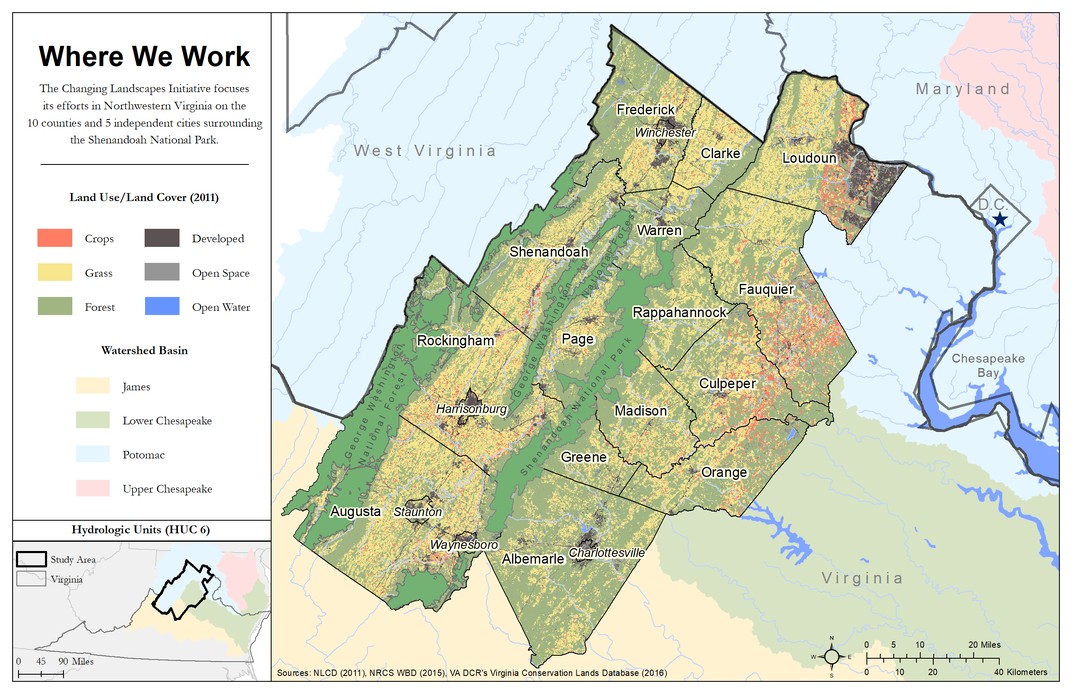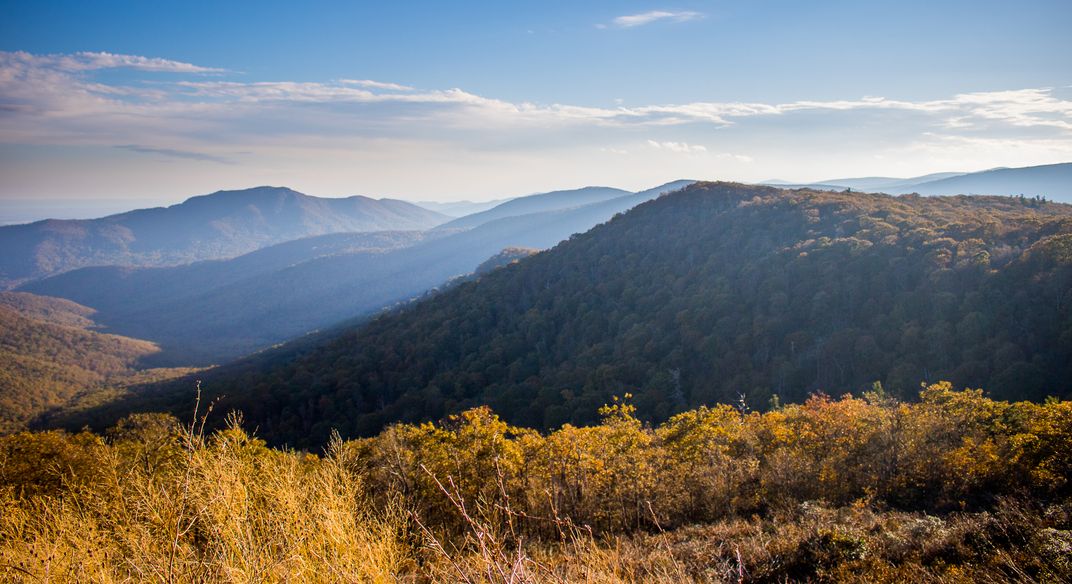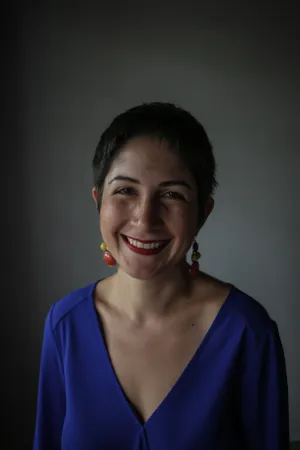Using Science and Local Knowledge to Guide the Future of Virginia’s Landscapes
To understand the impact of changes in land use in Northern Virginia, the Smithsonian Conservation Biology Institute developed the Changing Landscapes Initiative, a project that uses a scientifically rigorous yet human-centered approach to address concerns about the future of the region.
/https://tf-cmsv2-smithsonianmag-media.s3.amazonaws.com/blogging/featured/Landscape1_IanMcgregor.jpg)
Northern Virginia’s landscape is rapidly changing. Across this diverse mosaic of farms, forests, homes, and businesses, thousands of landowners continuously make decisions affecting wildlife, the benefits we receive from nature and resident’s well-being. As population growth and suburban sprawl from the nearby capital of Washington D.C. affect this area, the future of the state’s exceptional biological and cultural heritage becomes increasingly uncertain.
Concerned about the impact of changes in land use, various organizations approached the Smithsonian Conservation Biology Institute(SCBI), which, in turn, developed the Changing Landscapes Initiative (CLI). Part of the Working Land and Seascapes initiative at the Smithsonian Conservation Commons, the project takes a scientifically rigorous yet human-centered approach to addressing concerns about the future of the region.
Leading the initiative is landscape ecologist Iara Lacher at SCBI. She created a model to understand how land use decisions may influence nature’s ability to provide crucial services in the decades to come. Examples include natural water filtrations, fertile soils, flood mitigation and tourism. The models also seek to predict how thousands of uncoordinated land use decisions combine across the landscape and interact with population growth to drive change.
Lacher began by putting the local community at the forefront. Her goal was to produce information that is both scientifically rigorous and relevant to those who would use it. To do this, she sought input from the local community: regional leaders, conservation NGOs, agencies, park managers, and regional and county planners.
During a workshop in 2016, this community of experts and leaders developed four alternative visions of the future for the region based on population growth and planning strategy. These scenarios are part of an approach called “Scenario Planning”, that allows the ability to evaluate the potential impact of differing planning decisions on our environment, economy, and overall quality of life.
The four scenarios represent the extremes in a continuum of possibilities. The Virginia landscape may end up somewhere in the middle, but the models allow stakeholders to imagine the potential decisions that could lead to a particular scenario – including its effects on the landscape’s ecology – and to identify the major players involved in shaping the future of the region. At the end of the workshop, many of the participants recognized the value of simply considering these different futures.
“Scenario planning is a tool to improve outcomes when a circumstance arises that you had not thought about. In order to do it in a way that would result in any potential of application or change in regional planning and policy, we really needed to connect with the local people.” Lacher said.
“I’m trying to stay true to the original scenarios developed for us and to learn from the people here. I want to make sure it represents our community,” Lacher added.
Along those lines, Lacher is bringing onboard additional contributors from a diversity of community groups in Virginia. Among them are experts on local indigenous culture.
Looking ahead, Lacher would like the CLI approach to be seen as a precedent for successful strategic planning of expanding metropolitan areas. She hopes it could serve as an accessible example of a way communities can come together to produce a clearer shared vision of a future that protects local landscapes for generations to come.
The Conservation Commons is an action network within the Smithsonian Institution (SI), highlighting the relevance of science and innovative interdisciplinary approaches across science and culture to on-the-ground conservation worldwide.



